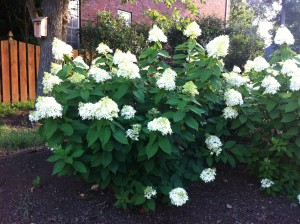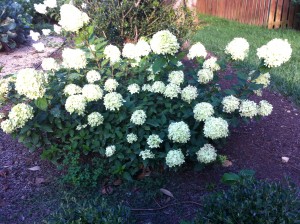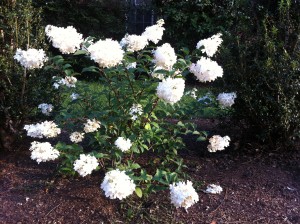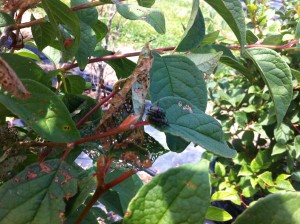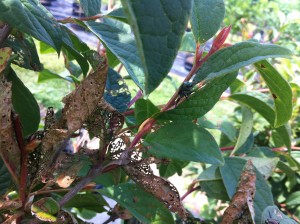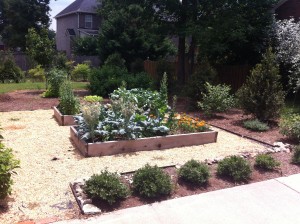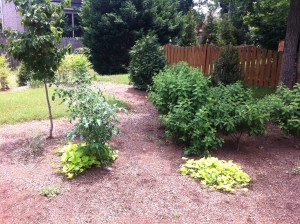Hydrangeas are simply stunning in bloom. Paired with a green background, their blooms are welcome during the hot summer!
I fell in love with hydrangeas several years ago. I’ve made a goal to collect as many as possible at my home. You’re getting to learn from my mistakes!
Hydrangeas come in many different types (shapes) of bloom. Mophead flowers and panicle heads are two of the most common.
They can begin blooming in late Spring through Summer. (Blooming time depends on climate and cultural practices, like pruning and fertilization).
Sunny Location
Limelight
Likes to grow large, easy to please, and beautiful cream yellow white flowers. The colors change as the bloom matures. Choose several of these to create a dazzling mass of mopheads! (Be sure to space the plants several feet apart). Or choose one and care for it to the 10′ x 10′ mature size!
Little Lime
It’s smaller than Limelight, and blooms are smaller. Flower colors are the same. I like to use this in a border.
Phantom
Phantom and Limelight are similar. Phantom reportedly can grow larger and has more leaf shine. It’s vigorous and performs well in hot, full sun. Large white mophead.
Vanilla Strawberry
This mophead changes colors as the flowers mature. White to pink and red. It needs more shearing than the two mentioned above. If the stems get too long, they will crash once the heavy bloom matures.
Pink Diamond
Not as showy as the above, Pink Diamond has a panicle bloom that changes from white to pink. The blooms last several weeks. Pink Diamond’s bloom shape is more conical and adds much needed texture change to an evergreen landscape.
Shady or Morning Sun Location
Endless Summer or similar blue hydrangea
Bigleaf hydrangeas (H. macrophylla) need shade or their leaves may burn. This plant commonly wilts in hot sun, but that doesn’t mean it’s thirsty. It just enjoys the shade. (Add sulfur and aluminum to achieve the blue flower color).
Whether you’re new to plants or not, hydrangeas are powerful in their simplicity. What’s your favorite?
